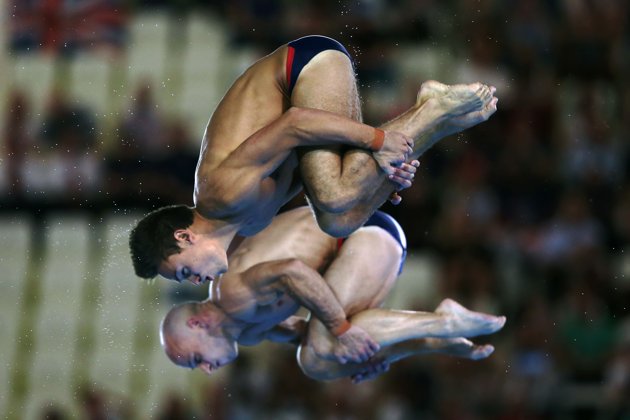
In spirit of the 2012 Summer Olympic Games in London, TQ will be bringing you a look at how technology is influencing sport at its highest level.
With diving underway at the Olympics it’s time to discuss the development of this sport. I am proud to say that Émilie Heymans and Jennifer Abel won Canada’s first medal of the Games; a bronze, in the women’s synchronized three-metre springboard competition. Hopefully this is the first of many for Canada in diving in the XXX Games.
Diving was first introduced in the 1904 Olympics with platform diving and plunge diving for men. Plunge diving is diving into water and swimming as far as possible before coming to the surface of the water for air. The only two countries that competed in both diving competitions that year were the United States and Germany. By 1912 women’s platform diving was introduced to the Summer Games and the women’s springboard Diving was created for the 1920 Games. By 2000 synchronized diving was introduced to the Olympics.
There have been multiple improvements in technology for diving and it starts with the actual diving board itself. Originally it was a mere wooden plank and it offered very little spring for the diver. Over the past few decades the diving board has been made out of fiberglass, which allows greater spring and flexibility and allows the diver to get to a higher altitude during their dives. Duraflex boards have in fact been used in numerous diving competitions for decades.
Gymnastics has also helped this sport and diving is actually has more similarities to gymnastics than it does with swimming. Modern facilities have trampolines, dry boards, crash mats, and foam pits which helps divers work on specific moves that are in their dives.
In the 1960’s a revolutionary device was created that would help divers attempt more difficult dives while lowering their chances of being injured. The device is known as the bubble machine and it creates a mass of bubbles which softens the surface of the water and allows for an easier impact in the water for divers. This is important for divers testing out new dives and either over or under rotates and land in the water on their front or back.
Video technology has also allowed divers and their teams to analyze each dive and critique each second. This allows a diver to work on all their mistakes and make the necessary adjustments to improve.
With all the improvements that this sport has seen there has been a growth in the number of dives that have been created and the level of difficulty that comes with each new dive. Over the years diving has grown from 14 platform dives and 20 springboard dives to over 60 platform dives, 85 springboard dives, and four diving positions. The large improvements have allowed diving to become more competitive among the athletes and more entertaining for the fans.